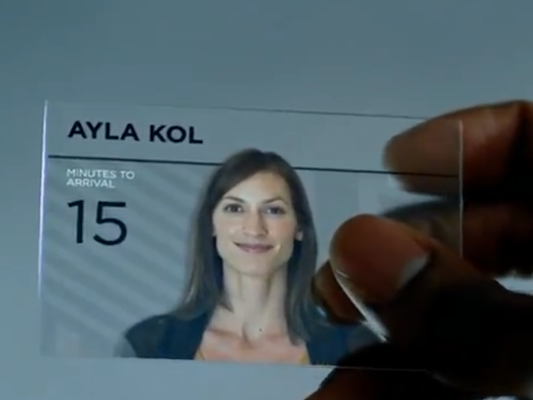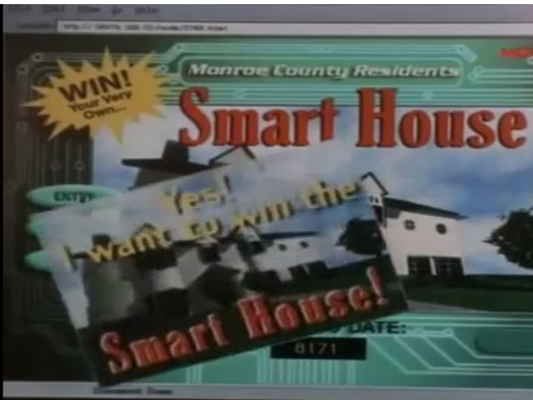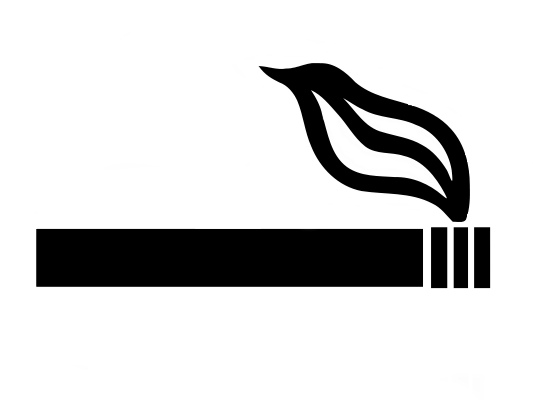Microsoft Office Labs just unveiled its “2011 Productivity Future Vision” video (shown below) providing a visionary glimpse into what could be a not-so-far-off future. Interestingly enough, the video’s key concepts significantly resemble those of their 2009 Vision of the Future video. 2011 2009 Both videos were created to be visionary, not practical. One can assume this is why Microsoft does not address the obvious obstacles to their technology utopia — a lack of ubiquitous bandwidth and the monetary barrer to technology adaption, just to name a few. Despite their current impracticality, the videos predict three key paradigm shifts which are worth keeping an eye out for: Natural Interaction With Technology — All throughout both visions, we witness people seamlessly interaction with technology. Natural gestures replaced current intermediaries such as mouses, trackpads, and buttons. Microsoft is predicting that as technology advances, society’s interactions with it will as well, becoming increasingly natural to the point of resembling human-to-human interactions. Their prediction isn’t as speculative as it was in 2009 as we’re already seeing this kind of intuitive relationship progress with technologies like Siri and Microsoft Kinnect. Image and Context Analysis — In the 2011 version of the future, our super model working woman (who knew we were all going to be more attractive in the future) sits in her towncar as all her information stored in the cloud provides contextual information based on her schedule like “Your meeting tomorrow is here.” In the 2009 version, we see that our phones (If we call them that?) will be able to provide contextual mapping of our surrounding in airports and will be able to identify plants just be snapping a photo. Not only is the technology in Microsoft’s vision aware of our surroundings and the context of which people are interacting with those surroundings, the technology instantaneously reacts to that knowledge providing useful personalized information to the user. In the future, technology won’t be defined by what it does, but by what it does in response to what we do. The Internet of Things — While the cloud allows us to untether our data from a specific devices,the Internet itself is still bound to devices — held prisoner by our phones, computers, and tablets. In the depicted future, the Internet is freed by The Internet of Things — the idea that everyday objects will one day connect to the Internet. Instead of users going to where the Internet is, the Internet would woven into every portion of their environment giving users the choice when and how to tap into it. What I think is more interesting that my future coffee cup and refrigerator doubling as canvases for the cloud is that because of that connection they will be to intutively connect to each other. We see this idea multiple times in both videos where information is seamlessly transfered from one to the other with the movement of a finger. Seem unlikely? Cisco technologies believes that by 2020 there will be 50 billion ‘things’ connected to the Internet.
Microsoft’s Vision of the Future: 3 Paradigm Shifts
By Techli
1 noviembre, 2011









